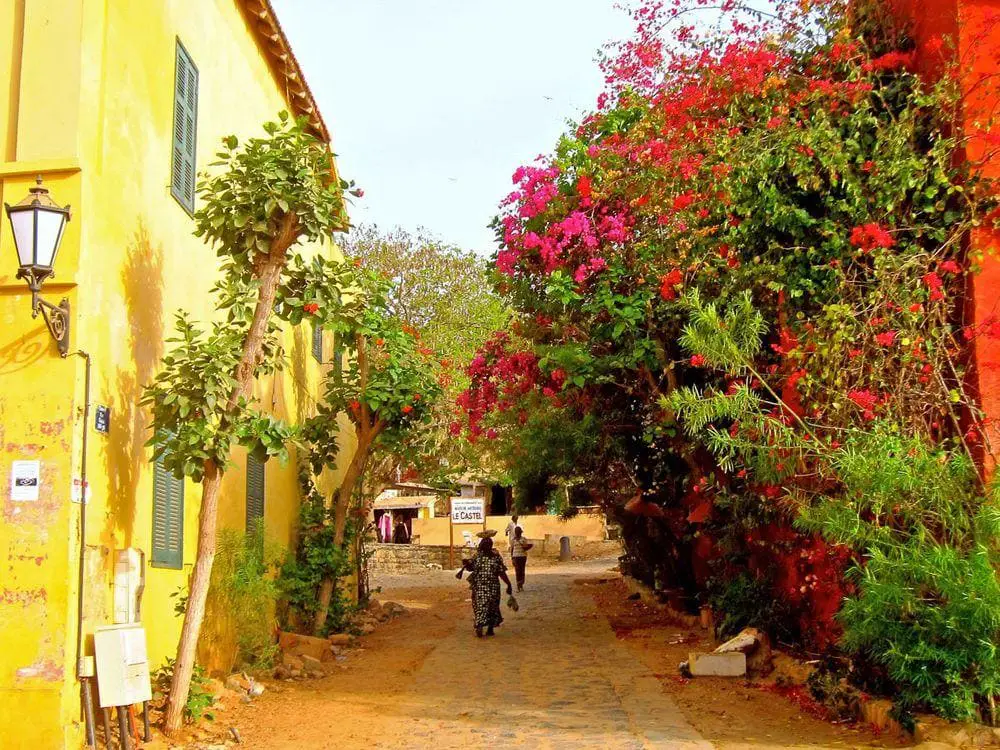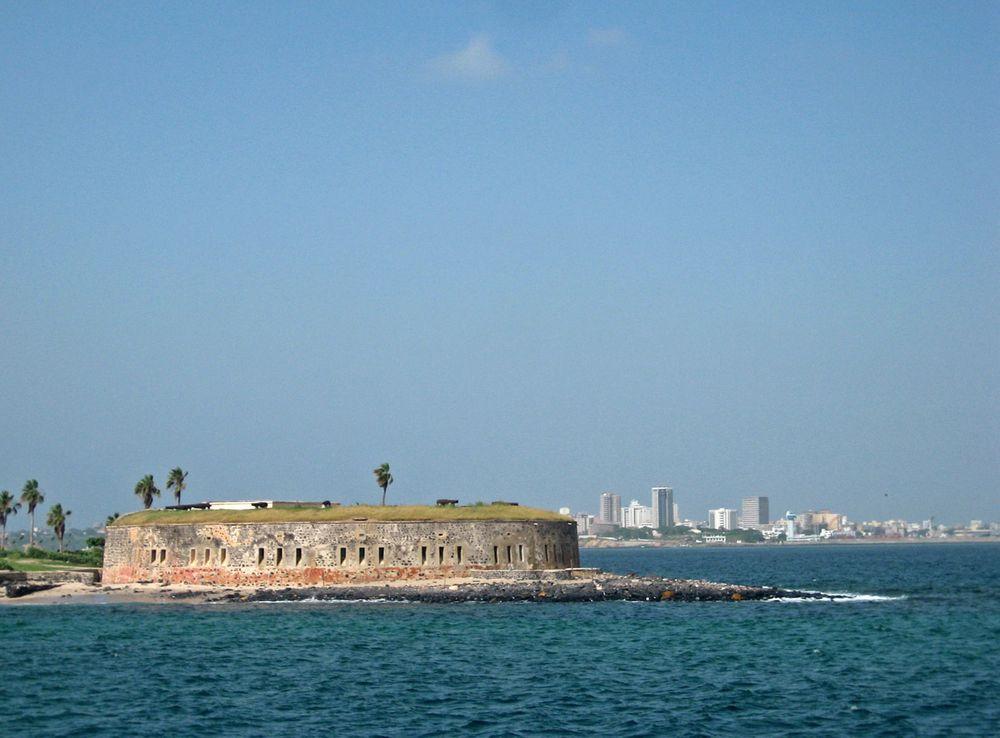Cities and towns 🢔 Settlements 🢔 Architectural wonders 🢔 Categories of wonders
Wonder
Goree Island (Gorée Island)
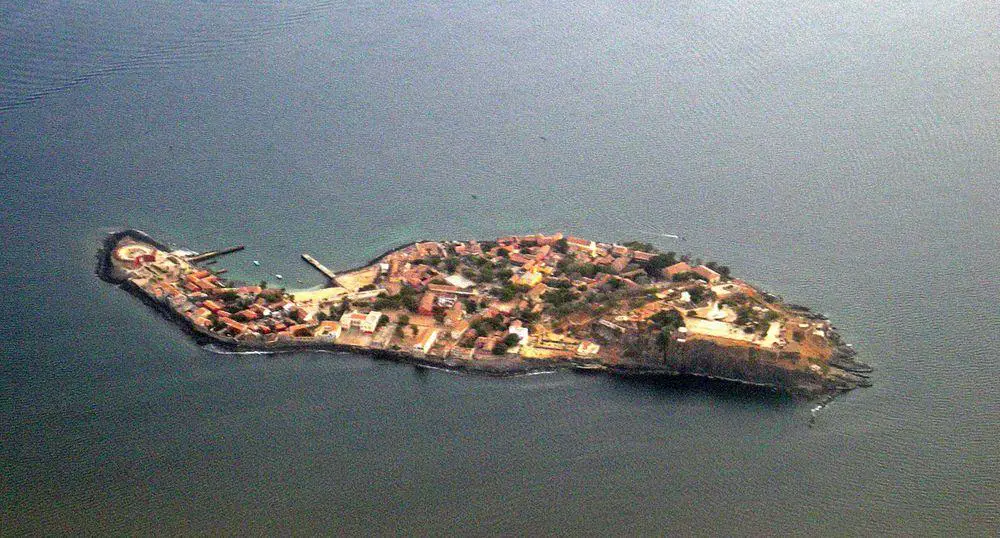
 In short
In short
Africa has many interesting island cities – small islands which are covered with historical buildings. Goree Island – predecessor of Dakar – though is one of the oldest, best preserved and interesting colonial cities in Africa.
 46.3%
46.3%
GPS coordinates
Alternate names
Founded
Period of flourishing
Area
UNESCO World Heritage status
Map of the site
If you see this after your page is loaded completely, leafletJS files are missing.
 In detail
In detail
Description
Goree Island consists of volcanic rock – basalt. This small island is located 2.2 km from the mainland, it is 0.9 km long and up to 0.3 km wide, its area is only 18.2 ha. Island is sheltered from the ocean by the Cap-Vert peninsula and thus serves as a good harbor. Nevertheless, waves are eroding it and endangering valuable historical buildings.
Nowadays Goree Island is one of the districts in Dakar City. Island is well visible from the skyscrapers of the metropolis, it can be reached by ferry in some 30 minutes.
Goree Island is unusual town – here are no cars, no modern buildings – only historical ones. Some 1,000 – 1,100 people live here – island is less densely inhabited than mainland Dakar. This is though compensated by the number of tourists who gladly use numerous hotels and restaurants in historical buildings.
History of Goree Island
Portuguese trade station
Most likely no one was living on this dry island before the coming of Europeans. Locals named the island – Barsaguiche.
Portuguese founded a small settlement on the island in 1444. They built a small stone chapel and here was established a small settlement and cemetery, they named the island – Ilha de Palma.
Dutch, French and British rule
Present name was given by Dutch who named it after Dutch island Goeree.
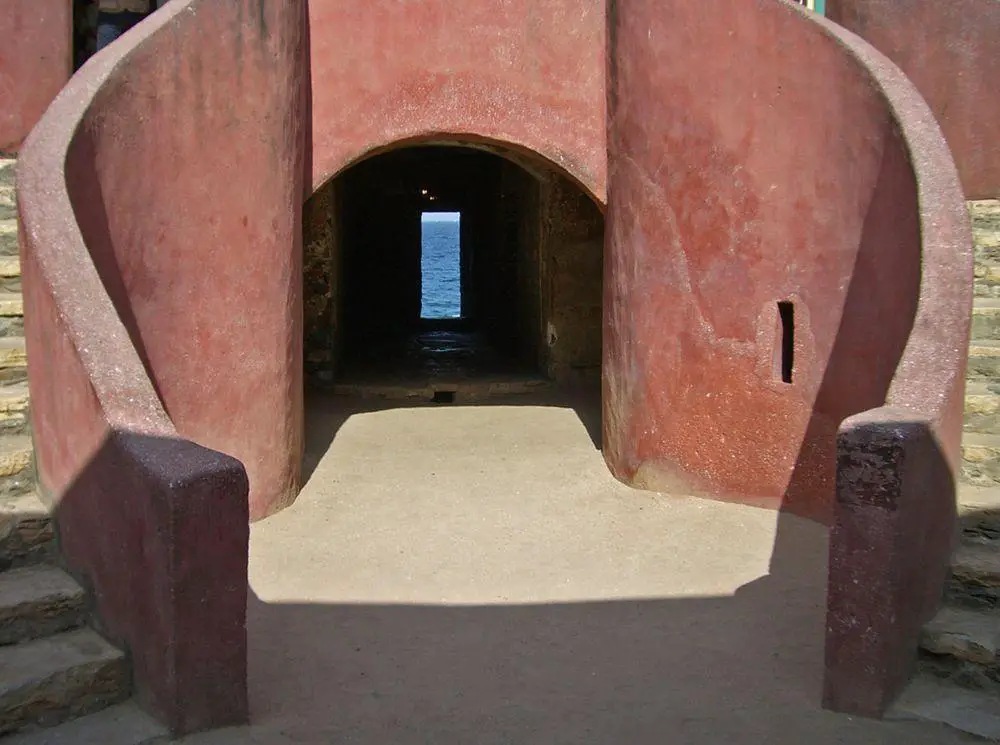
Dutch captured the island in 1588 and since then Gorée has been captured and governed by Dutch, British and French. The biggest influence was left by the French who owned the island from 1677 to 1960 (although the British took it in 1758 – 1763 and 1779 – 1783).
Island was not the capital of Senegal – the historical capital was Saint-Louis which is located further north.
Trade city
Island is known as a slave trade center although it had less importance in this respect than some other colonial ports, such as the mouth of Gambia River and Saint-Louis.
History is fragile – even comparatively recent events can be forgotten and replaced with other stories. Thus, earlier it was believed that Gorée Island was the largest slave trade center in Africa and some estimated that up to 20 million Africans passed through this island to become slaves. Only in the late 1990s, it was proved that Gorée Island served mainly as a trade port for such goods as peanuts, peanut oil, gum arabic, and ivory.
Some slaves were traded through Gorée – approximately 200 – 500 every year, but this was much less than in many other African trade posts.
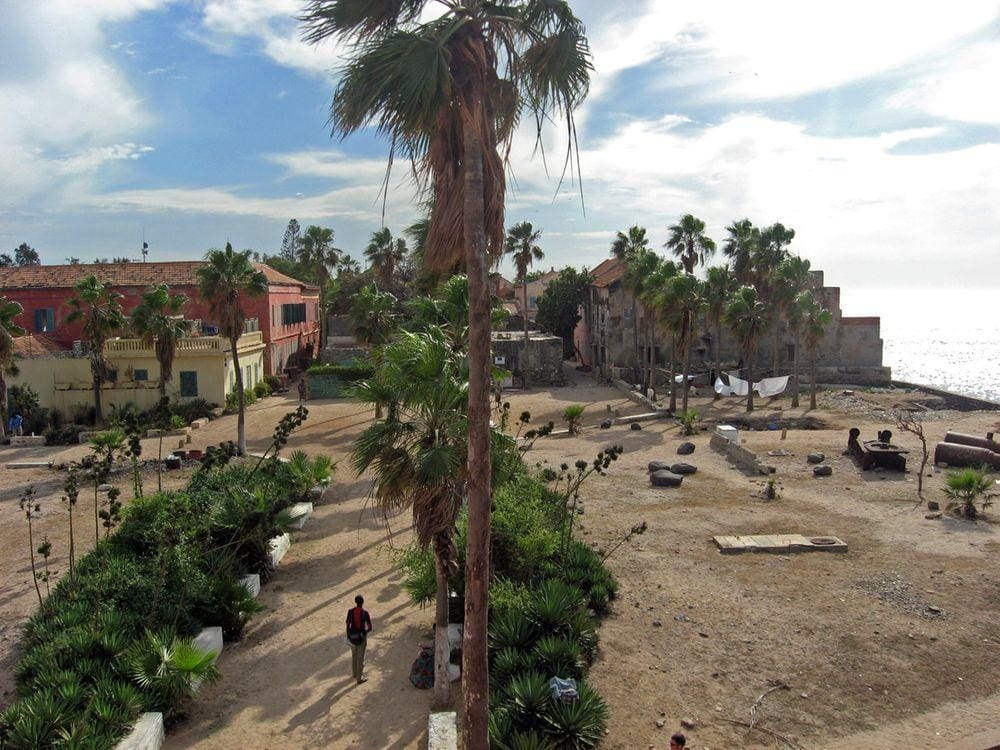
Signares
Number of inhabitants in the city fluctuated, reaching the maximum of 4,500 people in the middle of the 19th century. Throughout history, the island was inhabited mostly by Africans and an influential group of Métis – Franco-African Creoles. Just a handful of Europeans were residing in the city.
Creoles had links to other groups of Creoles across the ocean, especially influential were some women – signares. Often signares were offsprings of slave traders and young African girls – wannabe slaves who were released when they became pregnant. Signares were active in the slave trade and other kinds of trade, they owned ships and houses, they set trends in fashion and entertainment.
Decline and transformation into tourist city
As the industrial age came, the decline of Gorée started. The small island was not suitable for the shipment of large quantities of goods. Harbors were established nearby and the development of present-day Dakar city started. Influential people left the island.
Gradually the importance of Gorée decreased and in 1929 it became a part of Dakar.
The great historical importance of Gorée was recognized comparatively early. It was listed as a historical site in 1944 and since then no modern buildings have been built. Island was one of the first monuments in the UNESCO World Heritage list – it was listed in 1978, as a site number 26.
Outstanding buildings
- House of Slaves (Maison des esclaves in French) – most famous building in the town, built at the sea by Afro-French metis family (signare Anna Colas) around 1783. It is one of the oldest extant buildings in Gorée. Earlier it was believed that this was important centre of slave trade and shipping, tourists were informed that the door towards the sea was "Portal of no Return" – slaves made the last steps on the ground of Africa through this door. Now this seems to be just a legend, this was rather a house of rich trader of goods. Now it is used as museum of slave trade and visitors can learn more about this darkest page in African history.
- Gorée Police Station – historical building from the 17th century AD.
- Gorée Castle – takes southern part of the island. Historical cannons have been preserved.
- Estrées Fort – round fort in the north of the island, built by French in 1852 – 1856. Now it houses museum of history, which tells a story of the history of Senegal and especially – Goree Island.
- Relais de l’Espadon (Roume Palace) – old residence of French governor, now used as a hotel.
- Church of Saint-Charles-Borromée – church in Neo-Classical style, built in 1830.
 Linked articles
Linked articles
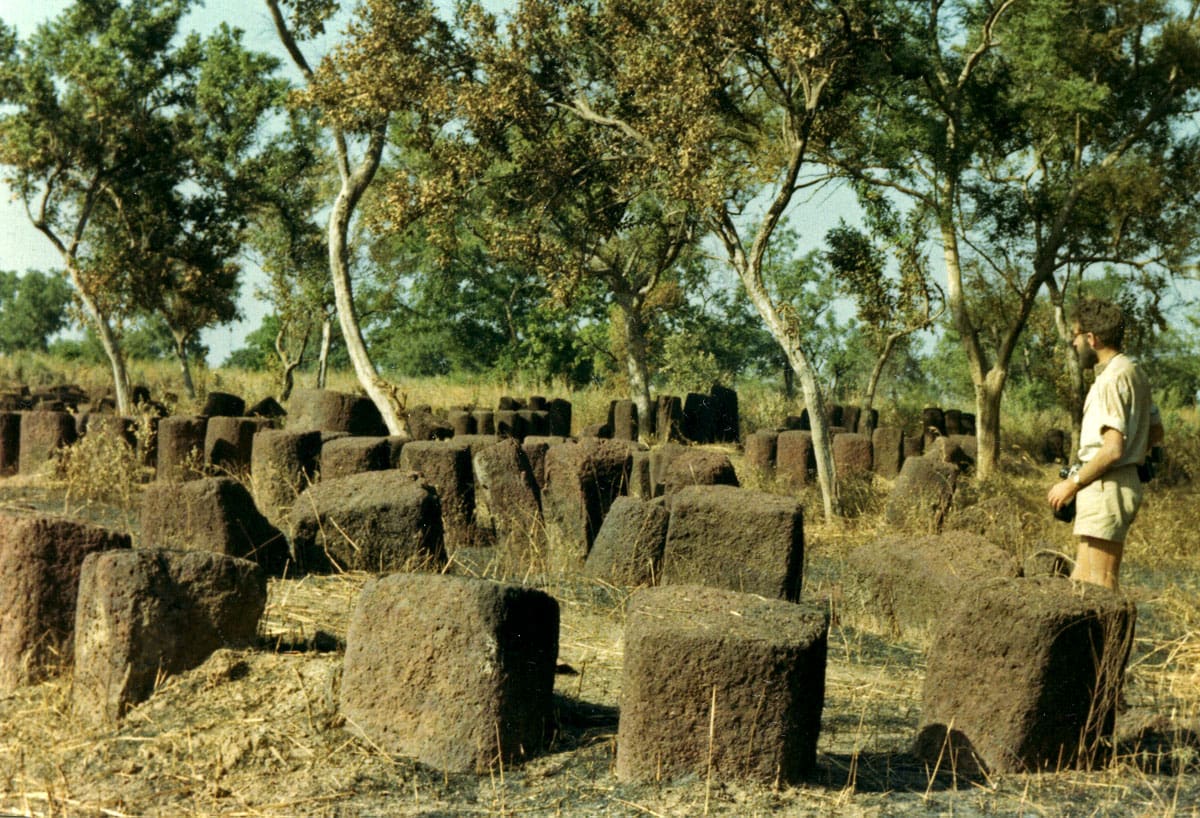
Wonders of Senegal
Most impressive landmarks in Senegal are megalithic monuments, prehistoric burial mounds and European colonial heritage.
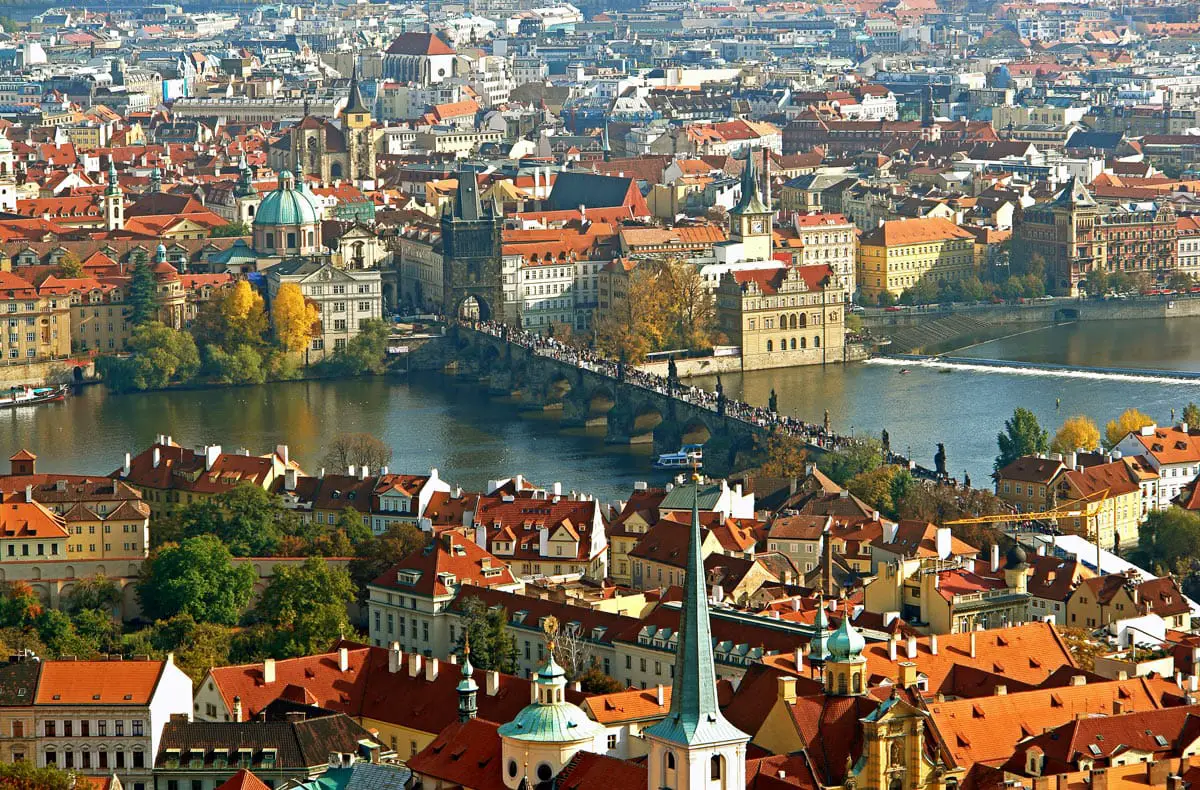
Cities and towns
Many of the most popular and exciting landmarks in the world are cities and towns. Millions of tourists are attracted to such cities as Venice, Florence, Prague, and Jerusalem. They never fail to impress and one will always find something new and unexpected here.
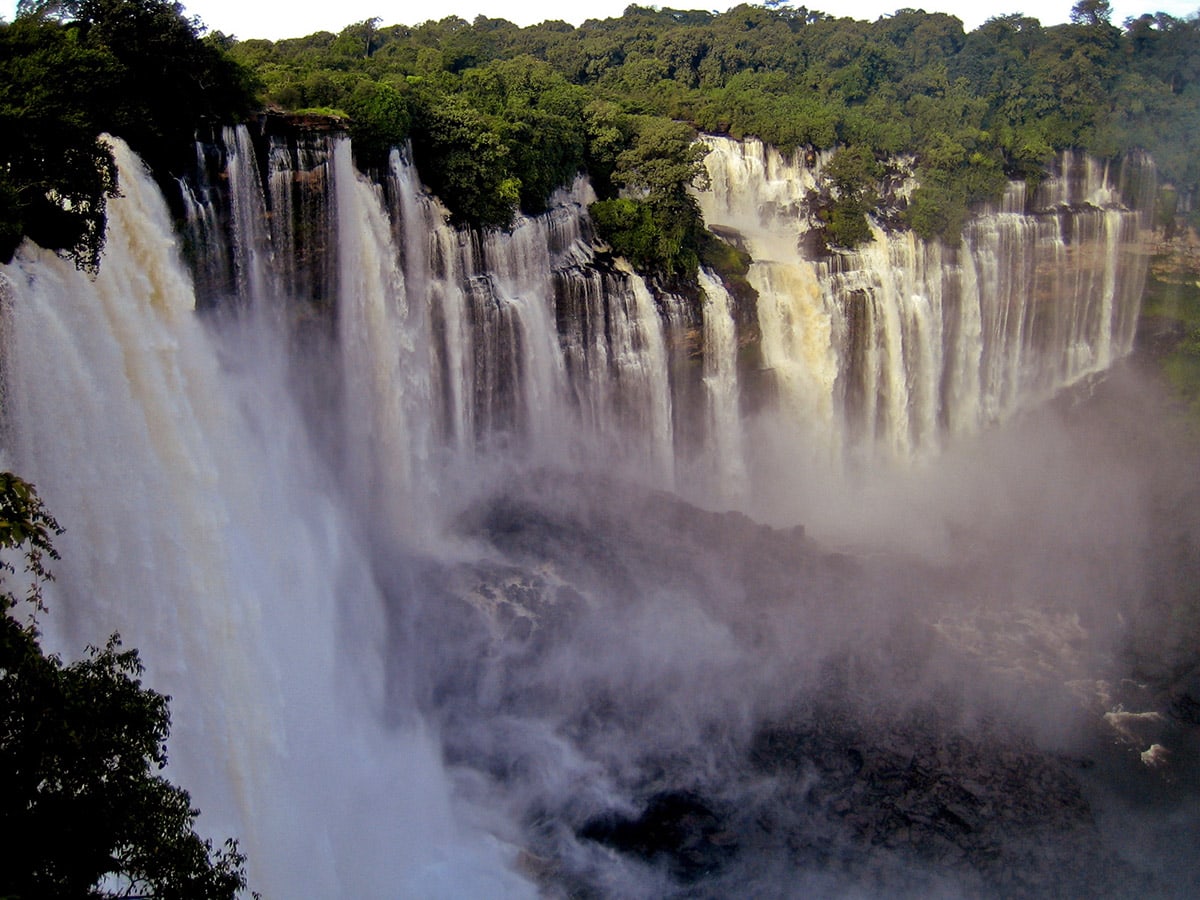
Wonders of Africa
Africa has many outstanding wonders and some of the most surprising ones are the heritage of Egyptian civilization, the vernacular architecture of the Sahel region, tropical ecosystems, and others.
 Recommended books
Recommended books
Portrait of an Island: The Architecture and Material Culture of Gorée, Sénégal, 1758–1837
The once-famous trading center of Gorée, Sénégal, today lies in the busy harbor of the modern city of Dakar. From its beginnings as a modest outpost, Gorée became one of the intersections linking African trading routes to the European Atlantic trade. Then as now, people of many nationalities poured into the island: Dutch, English, French, Portuguese, Tukulor, and Wolof. Trading parties brought with them gold, firewood, mirrors, books, and more. They built houses of various forms, using American lumber, French roof tiles, freshly cut straw, and pulverized seashells, and furnished them in a fashion as cosmopolitan as the city itself.
Senegal (Bradt Travel Guide)
Like the whole of West Africa in microcosm, Senegal boasts a variety of landscapes and cultures that belie its compact size. Northern desert wilds give way to the rain-soaked Casamance, fringed by hundreds of kilometers of pristine beaches and the fantastically frenetic capital city, Dakar, surrounded by ocean and proudly perched at the westernmost point on the African continent.

